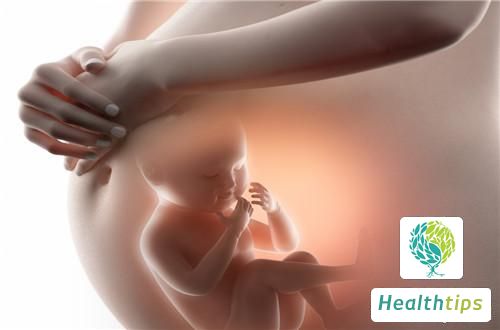Fetal position LSA mainly refers to the fetus being in a breech position. Breech position is an abnormal fetal position, which means that it is difficult for a fetus in a breech position to complete delivery through natural childbirth. If the fetus remains in a breech position until delivery, cesarean section should be considered. Therefore, for women, especially after the late pregnancy, monitoring the fetal position is also an important matter. 1. Generally speaking, the normal fetal position after full-term pregnancy is a vertex position, which is conducive to the smooth delivery of the fetus during childbirth. If the fetus is in a breech position or a transverse position, these are all abnormal fetal positions. If these fetal positions cannot be adjusted later, cesarean section will be needed during childbirth. 2. Generally, when a woman is 32 weeks pregnant, if the fetal position is not normal, she can do some chest and knee prone exercises under the guidance of a doctor to help adjust the fetal position. Do this twice a day, each time for 10 to 15 minutes. In general, the breech position can be naturally corrected to a vertex position, which is more helpful for later childbirth. 3. Of course, the pursuit of natural childbirth should not be blind. Each pregnant woman's physical condition and the condition of the fetus are different. Therefore, whether natural childbirth or cesarean section should be chosen depends on the actual situation of the pregnant woman and the fetus. Regular check-ups are necessary.


